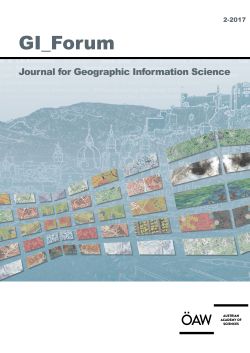
GI_Forum 2017, Volume 5, Issue 2, pp. 60-77, 2017/12/13
Journal for Geographic Information Science

This paper demonstrates a way in which citizens can be effectively involved in data collec-tion to generate new knowledge about pathways and hotspots of marine litter abun-dance in the North Sea region of Germany. This should help to tackle the problem within an interdisciplinary research approach. We use a combination of in-situ experiments involv-ing the release of degradable wooden drifters into the North Sea and a web-based survey provided by the Geospatial Content Management System (GeoCMS) ‘HotSpot’ to report drifter sightings. The focus lies on the techniques used to provide the web-based report tool as well as on the methods used to ensure data quality and inform participants via web mapping tools. We present an overview of the first results, which are also available in the project’s web portal, to increase public awareness of the global litter problem, in particular macroplastics in the oceans and along the North Sea coast.
Keywords: marine litter, macroplastics, citizen science, web mapping